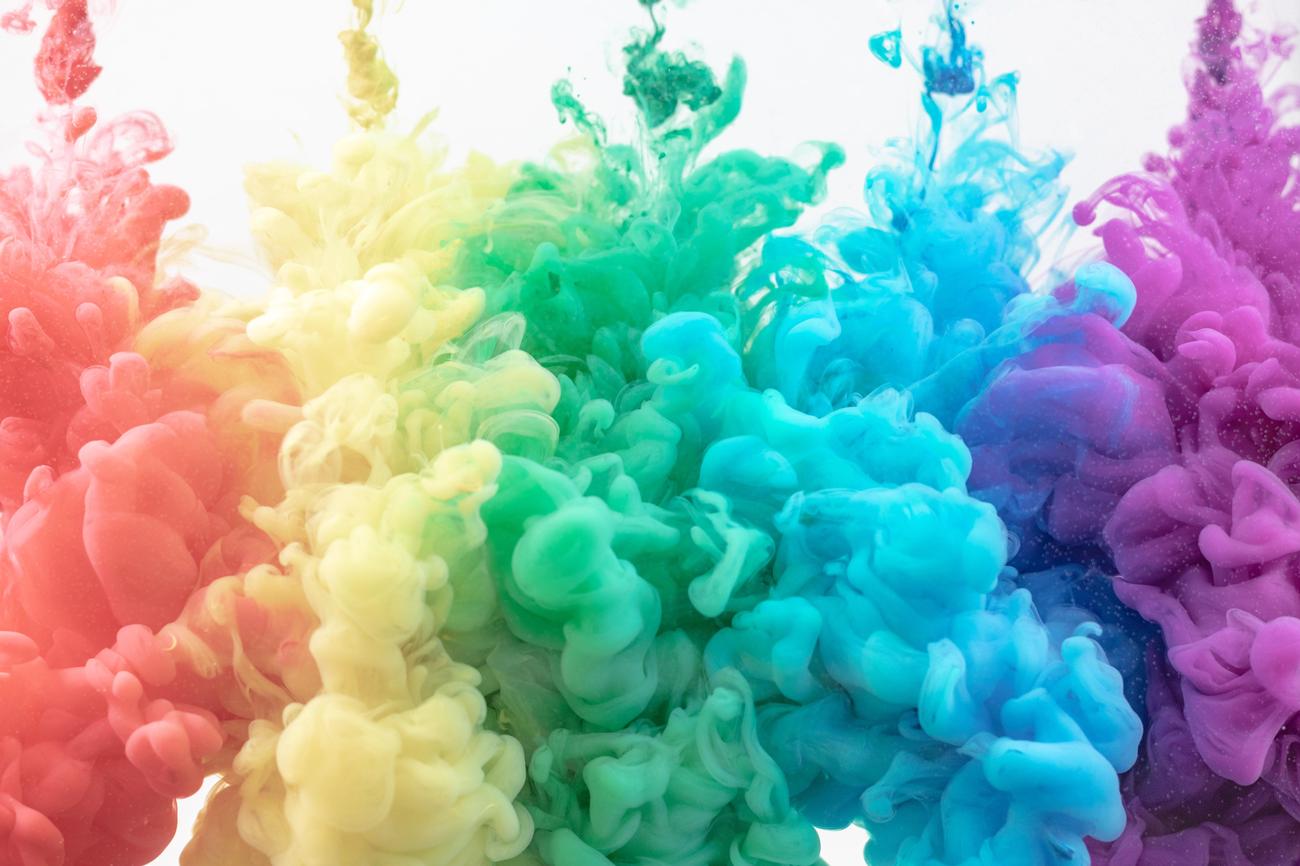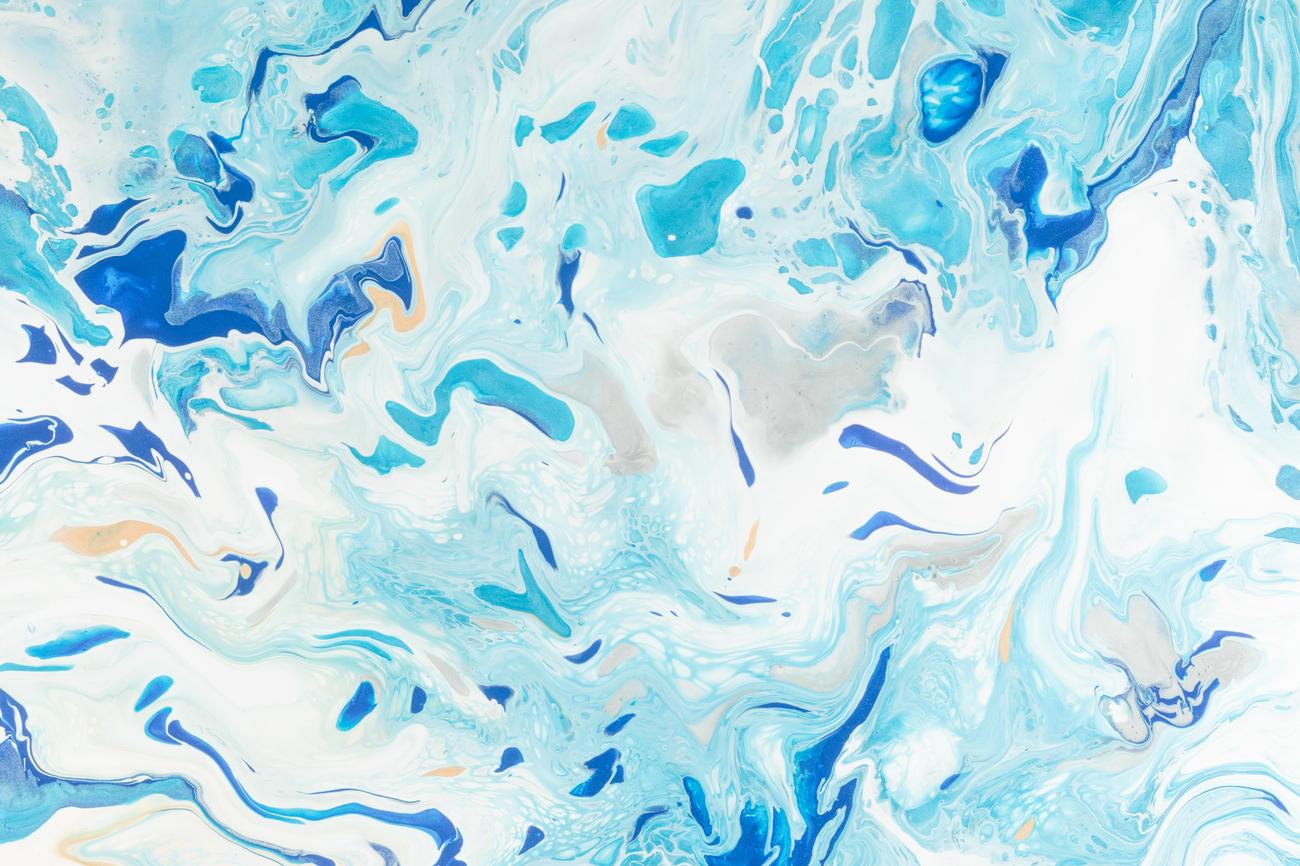Are you ready to embark on a journey through the captivating world of art painting? In this article, we will delve into a treasure trove of fascinating facts that will not only ignite your curiosity but also unveil intriguing narratives hidden within each stroke of the brush. Whether you are an art enthusiast or a curious novice, get ready to uncover the mesmerizing stories behind masterpieces from different periods and diverse artistic movements. Join me as we explore the beauty, significance, and irresistible allure of art painting, one intriguing fact at a time.

Interesting Facts About Art Painting
Painting has a rich and fascinating history, with a multitude of intriguing facts that unveil the hidden stories behind each stroke of the brush. From ancient cave paintings to modern masterpieces, the world of art painting is filled with captivating narratives and remarkable details.
1. Paintings Date Back Thousands of Years
- Art painting has been practiced for as long as 30,000 years, with early examples found in ancient caves. These cave paintings used natural pigments sourced from the environment to create vibrant and expressive works of art. This shows that humans have had a deep desire to express themselves through painting since ancient times.
“Step back in time and witness the awe-inspiring cave paintings that provide us with a glimpse into the artistic aspirations of our ancient ancestors.”
2. The Discovery of Oil Paint
- The 14th century marked a significant turning point in art history with the discovery of oil paint. This revolutionary medium allowed artists to create more vibrant and detailed works compared to the traditional methods of tempera painting. The earliest known oil paintings provide a glimpse into the early exploration of this technique that would go on to shape the future of art.
“Uncover the birth of oil painting and witness the transformative impact it had on the art world, forever changing the way artists would approach their craft.”
3. Unconventional Paint Storage Methods
- In the past, artists had to get creative when it came to storing their paint. One little-known fact is that they used animal bladders as containers for their pigments. This unusual technique allowed for easier transport, but it also demonstrates the resourcefulness and flexibility of artists throughout history.
“Imagine the resourcefulness of artists using animal bladders to store their precious pigments, providing a unique glimpse into the ingenuity of the artistic mind.”
4. The Influence of World War II on Paint Supply
- World War II had a significant impact on many industries, including the paint industry. During the war, there was a shortage of materials such as linseed oil, which was commonly used in the production of oil paint. This scarcity led to the development of alternative paints and materials, shaping the future of the art world in unexpected ways.
“Discover how a global conflict reshaped the art world, forcing artists to adapt and explore new materials as they navigated the scarcity of traditional painting supplies.”
5. The Rise of Acrylic Paint
- While oil paint has a long-standing history, it may come as a surprise that acrylic paint only became commercially available in the 1950s. This versatile medium offered artists a new range of possibilities, with its quick drying time, vibrant colors, and ability to be used on various surfaces. Acrylic paint quickly gained popularity and is now a staple in the toolkit of many contemporary artists.
“Explore the relatively recent introduction of acrylic paint and witness how this modern medium has revolutionized the art world, capturing the imagination of artists and art enthusiasts alike.”
6. The Meticulous Drying Process of Oil Paint
- Patience is a virtue when it comes to oil painting. Unlike other types of paint, oil paint takes approximately two weeks to dry. This slow drying time allows artists to work on their creations over an extended period, blending colors and adding intricate details. The result is often a rich and layered masterpiece that showcases the artist’s dedication and attention to detail.
“Delve into the world of oil painting and witness the meticulous and time-consuming process of waiting for each layer to dry, showcasing the artist’s relentless pursuit of perfection.”
7. The Importance of Preparation in Painting
- Before putting brush to canvas, most artists engage in thorough preparation. This may involve priming the canvas with gesso, sanding it to create a smoother surface, or even preparing a specific palette of colors. This preparatory stage sets the foundation for the artist’s vision and ensures that the painting process goes smoothly.
“Peek behind the scenes and observe the meticulous preparation that goes into an artist’s work, setting the stage for the creative process to unfold on the canvas.”
8. The Deliberate Process of Painting
- The creation of a painting often involves careful planning and execution. Artists typically divide the canvas into major areas and plot the background for each one, establishing a framework for the composition. Layers of paint are then added to slowly build up the forms and achieve the desired shape and texture. This intentional process allows artists to bring their vision to life on the canvas.
“Embark on a journey through the deliberate process of painting, witnessing how each brushstroke contributes to the greater narrative that the artist aims to convey.”
9. The Touch-Up Stage and Attention to Detail
- As a painting nears completion, the artist enters the touch-up stage where every detail is fine-tuned. This stage requires extra effort to perfect the textures, refine the edges, and add subtle nuances that bring the artwork to life. It is during this phase that the artist’s mastery is truly showcased.
“Join the artist in the final stages of their creative journey, as they pour their heart and soul into perfecting every minute detail, ultimately elevating their work to a level of mastery.”
10. Painting as a Powerful Form of Expression
- Painting has always served as a powerful means of expression, allowing artists to communicate their thoughts, ideas, and emotions. Through the careful selection of colors, composition, and brushstrokes, artists can evoke a range of emotions from both themselves and the viewers. Each painting becomes a window into the artist’s inner world and their unique perspective on life.
“Witness the awe-inspiring ability of painting to transcend language and touch the depths of our souls, as artists reveal their innermost thoughts and emotions through their creative endeavors.”
11. The Evolution of Paintings Throughout History
- Paintings have continuously evolved over time, reflecting the changing cultural traditions and artistic movements. From realistic depictions to abstract expressions, the art world has embraced a variety of styles and techniques. Through paintings, we can trace the trajectory of human history and witness the ever-changing narrative of the world.
“Take a whirlwind tour through history as paintings adapt and transform, providing a visual timeline of our collective human experience and the dynamic nature of artistic expression.”
Art painting is a captivating realm that unveils fascinating facts and narratives at every turn. Whether you’re an art enthusiast or a curious novice, delving into the world of painting opens up a treasure trove of knowledge and appreciation for the beauty and significance of this timeless art form.
If you’re a lover of art, then you won’t want to miss out on these fascinating facts about art! Prepare to be amazed as you dive into the world of creativity, imagination, and talent. From the Renaissance masters to modern-day installations, art has the power to inspire, provoke thought, and evoke emotions like no other. Whether you’re a seasoned art enthusiast or just dipping your toes into the vast ocean of artistic expression, these facts are sure to leave you wanting more.
So, what are you waiting for? Click here to uncover the captivating world of art and discover intriguing insights that will make you see it in a whole new light: facts about art.
But beware, once you start exploring, you may find yourself lost in a mesmerizing labyrinth of artistic wonders. From the mind-bending illusions of optical art to the beauty of abstract expressionism, every brushstroke, sculpture, and installation has a story to tell. So grab a cup of your favorite beverage, make yourself comfortable, and prepare to embark on a journey of art appreciation unlike any other.
Remember, art is not just a visual experience but also a reflection of the human experience. It has the power to transcend boundaries, challenge conventions, and ignite conversations. So immerse yourself in the rich tapestry of artistic discovery and embrace the endless possibilities that await.
Now, don’t delay any longer! Click on the link to unveil the secrets and wonders of the art world: facts about art. Let your curiosity be your guide as you uncover hidden gems, unravel artistic techniques, and gain a deeper understanding of the timeless and ever-evolving world of art.
FAQ
Q: How long has painting been practiced?
A: Painting has been practiced for as long as 30,000 years, with early cave paintings using natural pigments.
Q: When were the earliest known oil paintings created?
A: The earliest known oil paintings date back to the 14th century.
Q: How did artists store their paint in the past?
A: Artists used to store their paint in animal bladders.
Q: What impact did World War II have on the paint industry?
A: World War II brought changes to the paint industry, particularly with the shortage of linseed oil.
Q: When did acrylic paint become commercially available?
A: Acrylic paint only became commercially available in the 1950s.
json
{
"@context": "https://schema.org",
"@type": "FAQPage",
"mainEntity": [
{
"@type": "Question",
"name": "How long has painting been practiced?",
"acceptedAnswer": {
"@type": "Answer",
"text": "Painting has been practiced for as long as 30,000 years, with early cave paintings using natural pigments."
}
},
{
"@type": "Question",
"name": "When were the earliest known oil paintings created?",
"acceptedAnswer": {
"@type": "Answer",
"text": "The earliest known oil paintings date back to the 14th century."
}
},
{
"@type": "Question",
"name": "How did artists store their paint in the past?",
"acceptedAnswer": {
"@type": "Answer",
"text": "Artists used to store their paint in animal bladders."
}
},
{
"@type": "Question",
"name": "What impact did World War II have on the paint industry?",
"acceptedAnswer": {
"@type": "Answer",
"text": "World War II brought changes to the paint industry, particularly with the shortage of linseed oil."
}
},
{
"@type": "Question",
"name": "When did acrylic paint become commercially available?",
"acceptedAnswer": {
"@type": "Answer",
"text": "Acrylic paint only became commercially available in the 1950s."
}
}
]
}















